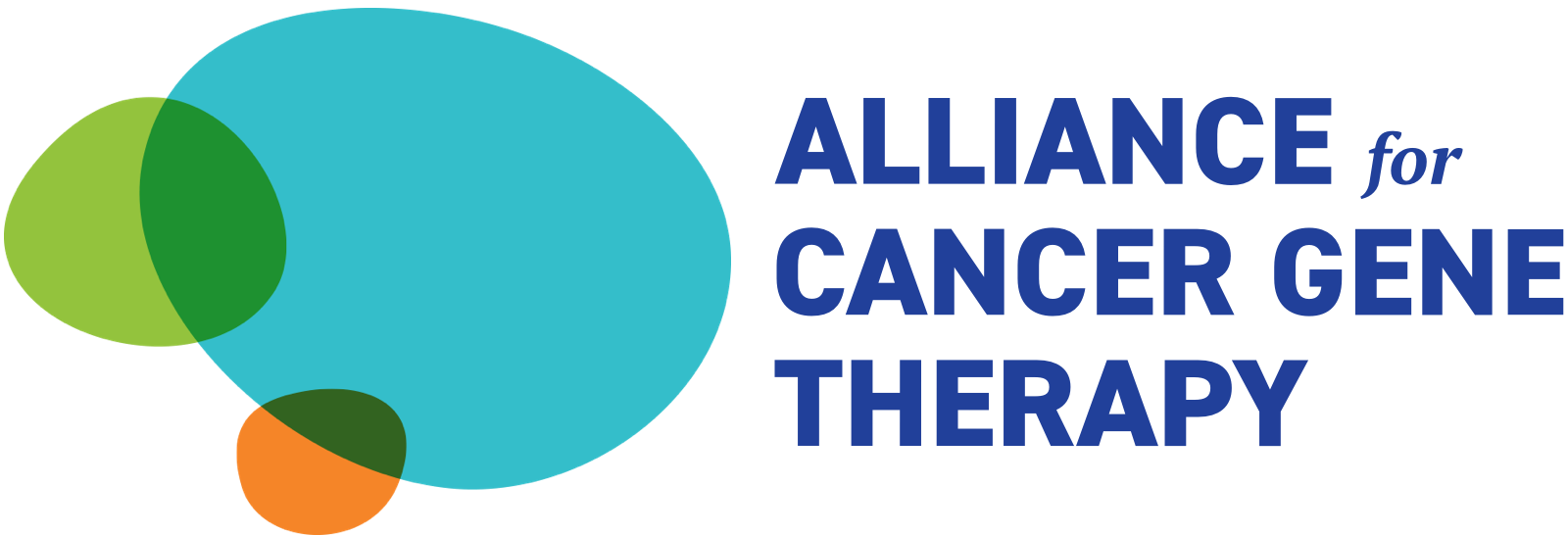
Malignant glioblastomas have virtually defied all therapeutic modalities to date. Successful therapies will need novel strategies targeting the underlying pathogenesis which may ultimately offer an innovative approach for glioblastoma patients.
This proposal aims at using neural stem cells to deliver therapeutic drugs that can stop tumor cells to proliferate and simultaneously kill them while leaving the normal brain cells intact. This will be combined with novel in vivo imaging methods that will allow us to monitor the location and size of tumors and track the migration of neural stem cell delivery vehicles in experimental animal models.
There are four basic components of the proposed therapeutic system.
- First, the “shell” of a virus, will be used to efficiently carry therapeutic and imaging genes into cells.
- Second, neural stem cells will be employed as delivery vehicles as they have been found to home to tumor cells in the brain and can change themselves into normal cells of the nervous system.
- Third, engineered apoptotic and anti-proliferative proteins that are released at the tumor destination by the delivery cells will be employed which will stop tumor cells to divide and selectively kill them while leaving the normal brain cells intact.
- Fourth, fluorescent and bioluminescent markers will be incorporated into tumor cells and delivery cells such that we can monitor their fate in the brains in real time.
Although these studies are experimental, we can envision a therapeutic modality in which the main tumor mass in the brains of patients will be removed at the time of surgery and therapeutic neural stem cells will be introduced near the remaining tumor cells thus eliminating the risk of recurrence. This will have a major impact in developing more efficient means of eradicating gliomas and saving the lives of many brain cancer patients.
This Alliance for Cancer Gene Therapy Research Fellow is funded in part by Swim Across America.

Most chemotherapies in general use are little more than DNA poisons that slow down tumor growth but do not ultimately cure patients. Chemotherapy also has devastating side effects, which is especially tragic in children. There is a desperate need to identify new drugs and therapeutic modalities that conclusively ablate cancer cells but leave normal cells unharmed. The p53 tumor suppressor pathway is inactivated by mutations in almost every cancer and yet we have no targeted drugs to treat p53 defective tumors.
The overall objective of this proposal is to develop viruses that act as p53-mutation guided missiles, which specifically replicate within p53 mutant tumor cells to implode them from the inside-out. Currently there is no new therapy on the horizon that has more potential than such ‘oncolytic viruses.’ To develop these viral cancer therapies, we will exploit the striking similarities that exist between virally infected cells and tumor cells.
Adenovirus is a small DNA virus-little more than a protein coat protecting its genome-that reproduces courtesy of the host cell. Normally, cellular replication is a tightly controlled process. However, both adenoviruses and tumor cells overcome cellular controls to drive their respective limitless propagation. Not surprisingly, tumor cells and adenoviruses subvert many of the same cellular checkpoints, albeit with one small difference: In tumor cells the key cellular players are targeted via mutations, while adenovirus uses viral proteins to achieve the same end. The p53 checkpoint normally ‘guards’ our cells against the pathological replication that occurs in cancer and adenovirus infection. Therefore, both tumor cells and adenovirus must inactivate p53; all tumor cells inactivate p53 by mutations and adenovirus encodes a protein called E1B-55K that destroys p53.
Thus, it was proposed that ONYX-015, a mutant adenovirus that does not have the E1B-55K protein, would only replicate in tumor cells with a mutant p53 checkpoint. However, this turned out to be not so simple, but now we know why. We recently discovered that even when E1B-55K is no longer present, adenovirus has yet another viral protein that inactivates p53 functions. This is an exciting discovery, because with this knowledge we can finally create a virus that has no more options for inactivating p53. This will prevent the virus replicating in normal cells and allow it to only replicate in tumor cells with p53 mutations.
Such a virus would offer a novel and potentially self-perpetuating p53 cancer therapy: Each time a virus homes in on a p53 mutant tumor cell and successfully replicates, the virus ultimately kills the cancer cell by bursting it open to release thousands of viral progenies, which are ready to seek out remaining tumor cells and distant micro-metastases. The goals of this proposal are to develop these next generation p53-tumor selective replicating viruses, which have the potential to help save the lives of many cancer patients.

Mantle cell lymphoma carries the worst prognosis of any lymphoma. Treatment includes high-dose chemotherapy followed by stem cell transplant, which eliminates most of the lymphoma, but temporarily wipes out a patient’s immune system. Even with this aggressive therapy, residual lymphoma cells remain and cause the patients to recur within a few years. Novel approaches are needed to eliminate those residual lymphoma cells.
Gene therapy is amongst the most promising approaches being studied for the elimination of cancer, but a primary obstacle is the difficulty in delivering the therapeutic gene to a sufficient proportion of cancer cells. Our approach of using a gene-engineered lymphoma vaccine induces the patient’s immune system to eliminate residual lymphoma cells, so that widespread gene-delivery is not needed.
Earlier trials of such an approach have demonstrated its feasibility and some impressive initial results. The innovative aspects of our study are that it utilizes a novel, non-viral gene transfer technology and takes advantage of the unique immunologic setting of patients who have undergone stem cell transplantation. Prior to stem cell transplant, the patient’s immune system accepts lymphoma, allowing it to progress. After a patient’s immune system is wiped clean during stem cell transplant, giving an anti-lymphoma vaccine may cause it to be re-established in such a way that it is no longer accepting of lymphoma and can eliminate those few remaining cells.

Malignant gliomas are one of the most incurable forms of cancer, attacking the brains of children or adults and causing death, on average, by 1-2 years. We have been employing tumor-selective viruses that will specifically attack these cancers in the brain and will sensitize these cancers to the effect of chemotherapy by transferring the genes that activate such chemotherapy drugs.
The virus that we have tested in mice with brain tumors is named MGH2 and we now plan to perform preclinical toxicology studies requested by the FDA before proceeding to a human phase I clinical trial. A clinical trial in humans will involve injecting the brain tumor with MGH2 in combination with the two chemotherapy agents, cyclophosphamide and irinotecan, that are converted by the MGH2-transferred genes into the active anticancer agents. This multimodal viro- and gene-based therapy would thus provide the opportunity of attacking multiple vulnerabilities within the malignant brain tumor.







